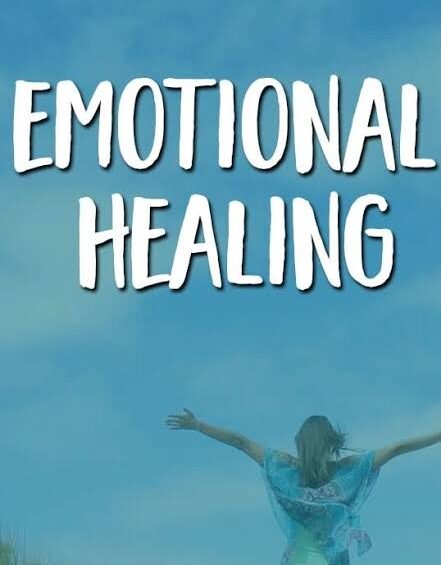The first step to emotional healing is learning to be aware
How often have you overreacted? Do you end up feeling bad without a reason? Do you have phases when you do not feel like doing anything? When was the time you felt zoned out in a terrible mood? If these questions ring a bell and you don’t have an exact answer, you need to pause to understand what’s going on in your mind. Emotions are complicated and sometimes are not easy to narrow down and recognize. There are bouts of bad moods, however, at these times we are unable to understand what’s behind them, and can’t even express them descriptively enough.
What’s a bad mood?
How to recognise emotions?
How to snap out of them?
Now that after sitting quietly and writing down your thoughts you’ve come to see all those reasons that were making you feel unpleasant, the next step is to bounce out. If there are pending tasks, complete them! If there is something beyond your control, then seek therapy to attain your peace with it. If there are some desires that are unmet, be sure to make means to fulfil them. Everything has a solution and connect with your mentors to bounce out. To conclude, every unpleasant mental state has an undercurrent of emotions that are not seen immediately, but if we put effort to see what’s inside, it will eventually surface. After it has shown its real face, you always have the option to work on yourself to overcome them.


1 thought on “The first step to emotional healing is learning to be aware”
Hi, this is a comment.
To get started with moderating, editing, and deleting comments, please visit the Comments screen in the dashboard.
Commenter avatars come from Gravatar.